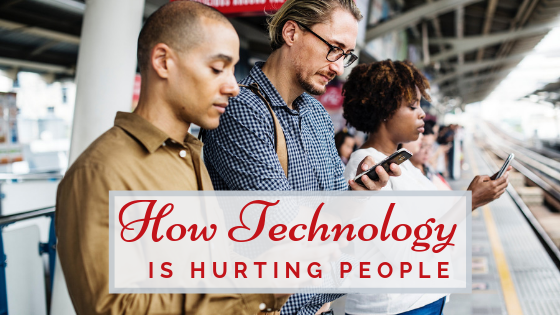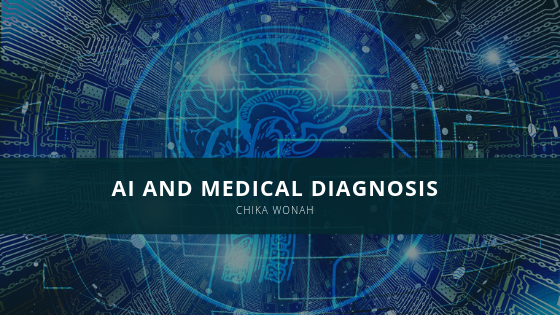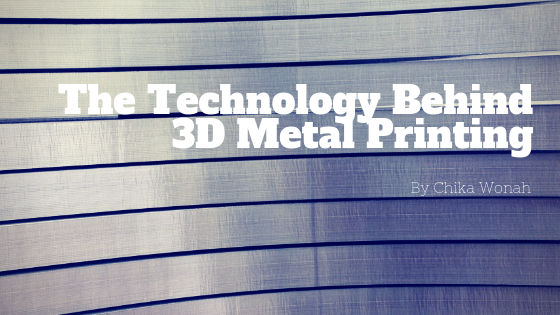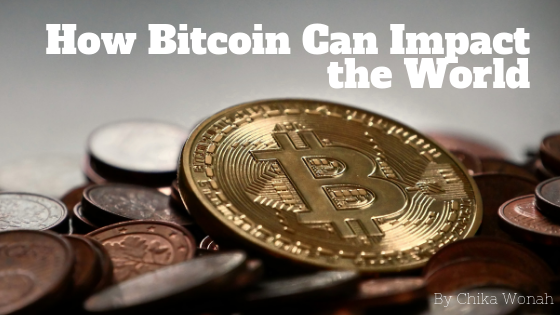You might be somewhat familiar with this frustration: you have a piece of equipment or an electronic that has stopped working. You think you know what the problem is, but are stopped by a little sticker saying “warranty void if seal is broken.” You are forced to take the object to a licensed dealer or repair shop in order to receive service – and you may feel you end up paying more than the service is worth.
The Right to Repair
The right to repair movement lobbies for regular consumers to be allowed to repair products they’ve purchased. You may assume that this is a guaranteed right, but in reality many modern products – smartphones, farming equipment, and more – have stipulations or similar ‘seals’ that void the warranty, effectively preventing consumers from tampering with the inner workings of their products.
The Arguments
The website iFixit is a large repository of repair kits, as well as pushing for wider access to repair manuals. As COVID-19 has prevented easy access to non-essential repair services, they have pushed their agenda even further – into the medical field.
They have released a database of medical equipment maintenance information with the purpose of helping technicians repair equipment such as EKG monitors and ventilators. This equipment is life-saving in the best of times, but the pandemic has caused every last piece of equipment to be considered critical.
The Right to Repair argument is that the importance of these objects dictates a necessity for greater access to repair manuals and guides.
However, lobbyists against the Right to Repair make a reasonable argument that home-tinkering with electronics and equipment could cause risks to customer safety and security.
However, the Right to Repair supporters are quick to point out that easily accessible repair manuals would improve safety by preventing consumers from attempting repairs without aid.
This is a difficult topic to parse. The protection of the intellectual property is justified, as is concerns of user safety. But consumer rights are equally important, as are cases where access to repair shops and service technicians is difficult. How this debate evolves moving forward will have repercussions throughout the market.









